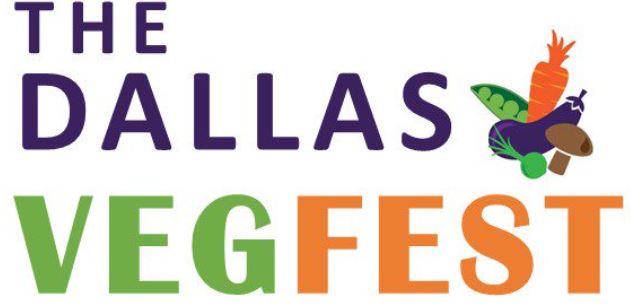FOOD DESERTS
Food Deserts, as defined by the American Nutrition Association, are parts of the country lacking an adequate supply of fresh fruit, vegetables, and other healthy whole foods, usually in impoverished areas. This is largely due to a lack of grocery stores, farmers’ markets, healthy food providers, and often times the lack of a car to get to the areas with more grocery selection. To put this into perspective, approximately 23.5 million Americans are currently living in food deserts.
IMPACT ON HEALTH
Simply put, communities that can’t easily access healthy foods tend to eat less healthily than communities that can. Unhealthy eating habits lead to weight gain and ultimately the biggest health concern linked to food deserts, obesity. Obesity increases people’s risk for all kinds of health issues such as diabetes, heart disease, stroke, and high blood pressure. These risks are especially important to keep in mind for young, developing children. Our brains and bodies rely on key nutrients to grow, and it has been proven that not getting enough foods rich in iron, vitamin A or iodine leads to cognitive difficulties, weaker immune systems, and stunted growth.
I LIVE IN A FOOD DESERT. HOW CAN I CHANGE MY LIFESTYLE?
1) Find a good grocery store or supermarket to go to occasionally and stock up on dried and frozen produce that can last several months. Implement small changes to improve the way you eat. Choose foods and beverages that contain less sodium, saturated fat, and added sugars.
2) Carpool and plan your grocery trips in advance with others! This will make the drive cheaper and effectively adds a social element to your visit!
3) Start your own vegetable garden or help build community gardens! Your garden can be as simple as a few flower pots on the porch or patio. The garden will provide produce for you and the community throughout the late spring, summer, and into fall. If visiting a farmers market, remember to bring cash as farmers often don’t take credit cards. Some larger markets are now accepting SNAP and/or WIC cards, but always call ahead to check.
4) Make healthier choices! Opt for:
- Baked or grilled vs. fried options
- Whole grains
- Steamed vegetables
- Salads (with limited dressing)
- Lean protein such as fish, beans or chicken breast
5) Use the Internet to find healthy choices. No computer or laptop? No worries! Your smartphone will give you the information, or use a computer at your local library.
